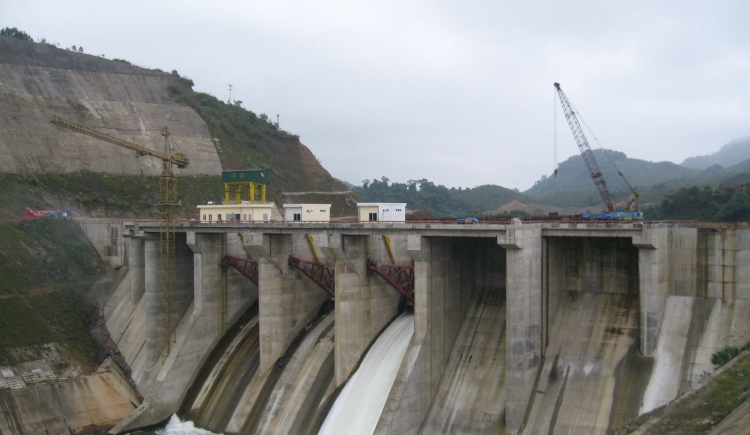Quake prone Himachal isn’t safe with large hydropower projects: Study

After Nepal quake and Kinnaur disaster, large hydropower projects with huge dams in western Himalayas have come to limelightfor being unsafe in the most quake prone region. The chances of flood increase in case of infrastructural damages to these dams due to quakes.
A recent study published in the Journal of Renewable Energy suggested that it’ll be a wise step if the state could encourage small hydropojects instead of going for huge investments in large dams.
The main focus of the study was the state of Himacahl Pradesh because it has highest number of projects. It’s badly penetrated by the haphazard construction of large projects. Himchal’s green activists and NGO’s had been opposing over-exploitation of local resources. The tunneling, dumping of muck, fisheries, irrigation, decreasing availability of water resources to locals and other ecological damages has always been in the list of critics.
However, during devastating Nepal quake, 110-MW Rasuwagadi Dam, which had a capacity of 1.5 cubic kilometers, was damaged badly. The situation would have caused huge damage if the dam had been full. Luckily, it was empty.
However, hundreds of large-scale hydropower projects are being constructed in Himachal. The government changed its hydro-power policy in 2014. Under this policy, state is more interested in large-scale investments in hydro-energy sector. Small projects were presented with negative reviews regarding environmental damages and ill effects on local population that depends on natural resources for irrigation and drinking water.
In Himachal, there is hardly any approachable region that isn’t taken for hydropower projects. After Himachal waved many mandatory clearances to do away with pubic consultations, others have started digging inside remote areas. However, lack of transportation and telecommunication facilities in these remote regions is discouraging investors to establish small hydropower projects.
The study, however, strongly emphasize on the safety aspects of SHPs in seismically sensitive regions in case of quakes or other natural disasters.
Also, the study throws light on economical aspects of building a smaller project that required lesser investment and infrastructure.
K. S. Valdiya, a geologist at the Jawaharlal Nehru Centre for Advanced Scientific Research, Bangalore, has studied the Indian Himalayas extensively. While comparing the benefits of SHP explains, “A comparison of benefits of a big dam with a series of much smaller dams located in the tributaries of the same river show that the latter not only cost less but start giving benefits quicker and without impairing the environment.”
Considering the pace of so called development, it’s clear that Himachal is striving to attain full capacity in electricity production. Presently, Himachal has explored 8432.47 MW out of its total potential of 23,000 MW. Approximate area of forestland diverted for hydropower project and transmission lines since 1980 stands at 11,000 hectares. Himachal Pradesh and other Himalayan states with hydropower projects must not neglect this lesson learned from Nepal quake.
Via: SCIDEV